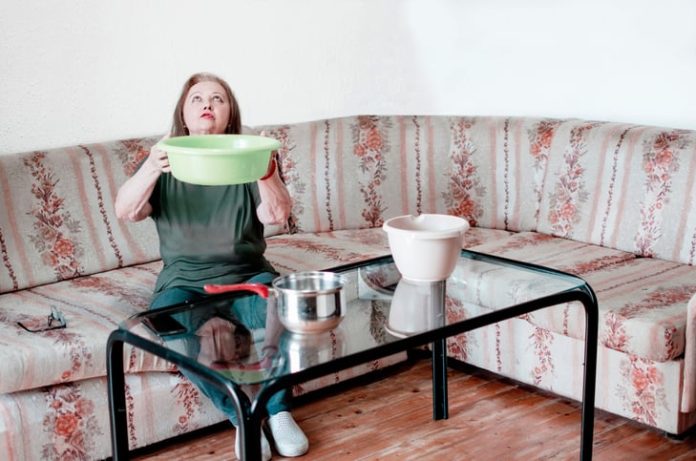Pearl PhotoPix / Shutterstock.com
Editor’s Note: This story originally appeared on LawnStarter.
As a homeowner, it is inevitable that you will have to contend with water damage of any kind.
Leaking toilets, aging water heaters, and frozen pipes are common occurrences in an aging home, so knowing how to fix water damage when it occurs is important.
safety first
 BearPhotos / Shutterstock.com
BearPhotos / Shutterstock.com
After stopping the initial flood of water in your home, it’s time to begin water damage restoration.
First and foremost, it is important to ensure a safe working environment for you and all employees.
Turn off the power
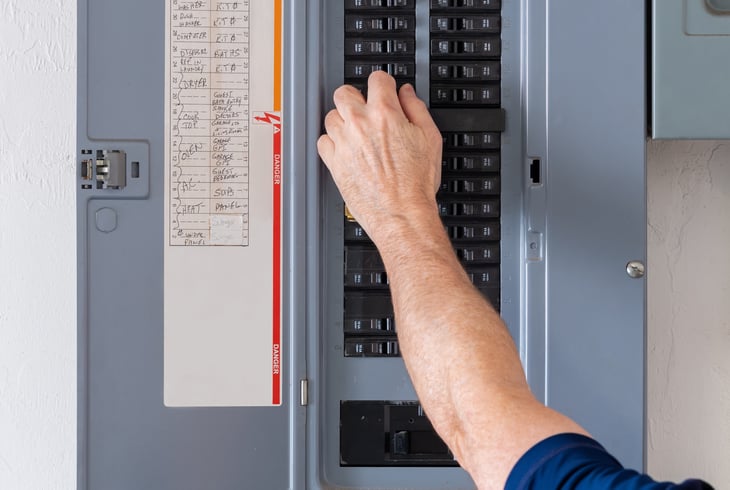 Toidi / Shutterstock.com
Toidi / Shutterstock.com
In homes with significant water damage, it is possible for electrical wiring to come into contact with moisture.
This poses a risk of electrocution for workers in and around the affected area.
To eliminate the possibility of electrocution, homeowners should go to their circuit breaker panel and turn off the power to the area of the home that has been flooded.
Determine the type of water
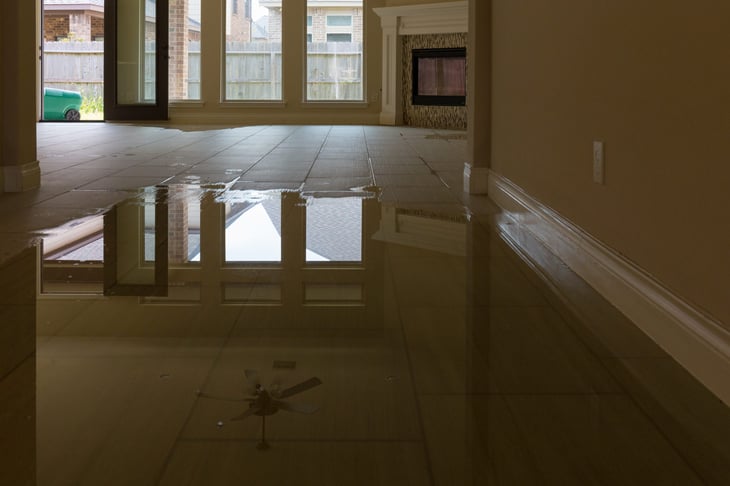 Michelmond/Shutterstock.com
Michelmond/Shutterstock.com
Identifying the type of water that caused the damage is critical to assessing the proper protective gear to wear during the cleanup. Here are the different types of water and the potential dangers they pose to individuals.
Clean water (category 1)
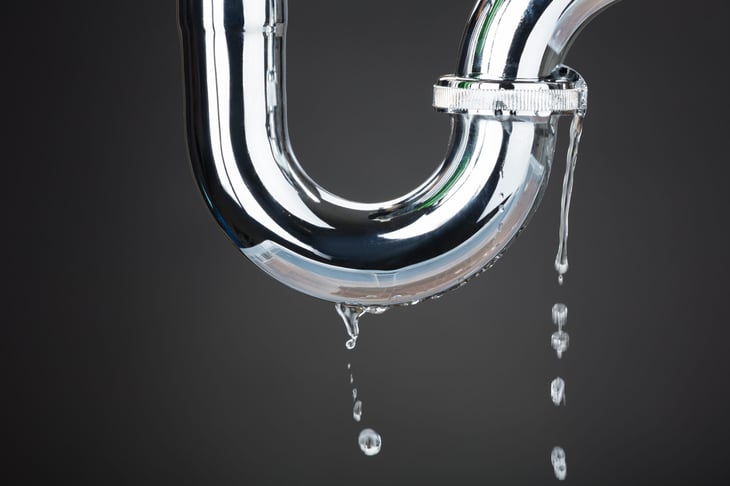 Andrey_Popov / Shutterstock.com
Andrey_Popov / Shutterstock.com
Clean water is water from a clean source. Leaking sinks, shower faucets, rain, snow, and water heaters can all be causes of clean water damage.
This water poses no danger to the cleaner.
Gray water (category 2)
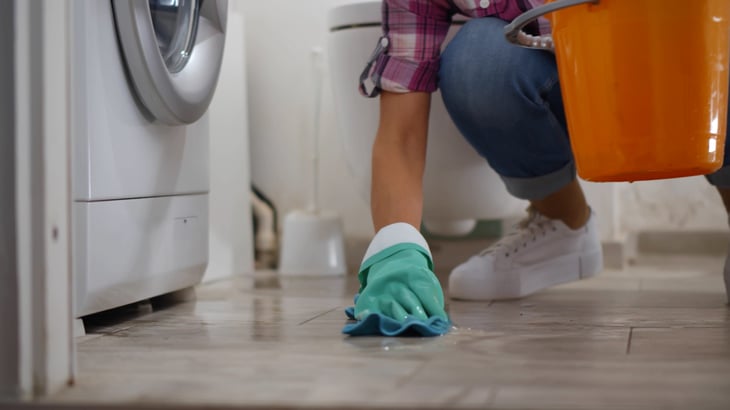 Tommy Stock Project / Shutterstock.com
Tommy Stock Project / Shutterstock.com
Gray water is contaminated water. Water from washing machines and dishwashers mixed with cleaners, food or detergents is considered gray water.
This type of water poses a potential hazard to the cleaner.
Blackwater (Category 3)
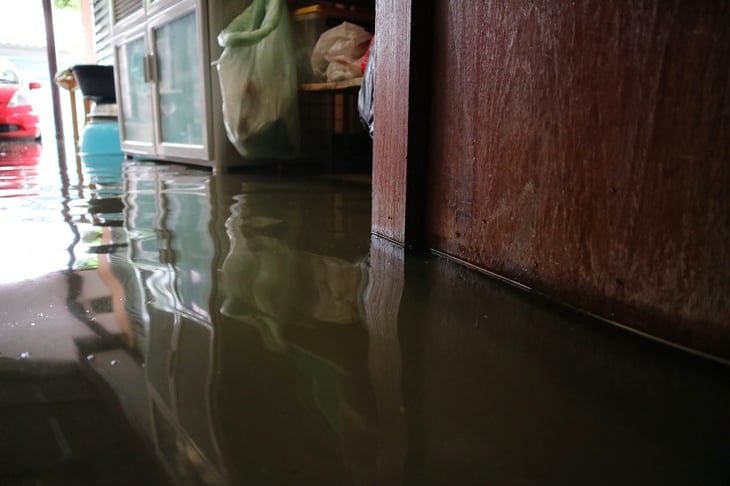 Jay Ch / Shutterstock.com
Jay Ch / Shutterstock.com
The most dangerous water category is black water. This water is heavily polluted and typically comes from flood water or sewage.
Blackwater poses a significant health risk to those who come into contact with it. Professionals should be contacted if blackwater is determined to be the source of your water damage.
Look for health risks
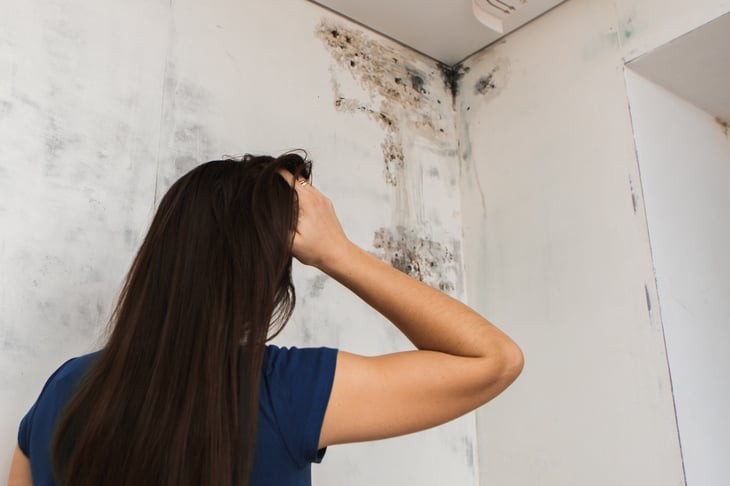 Burdun Ilia / Shutterstock.com
Burdun Ilia / Shutterstock.com
When assessing health risks, you should look for black water, mold, mildew, fungal spores and bacterial growth.
Areas with mold and fungus can pose health risks to the cleaner. In extreme situations, exposure to these pollutants can result in illness and death.
wear protective gear
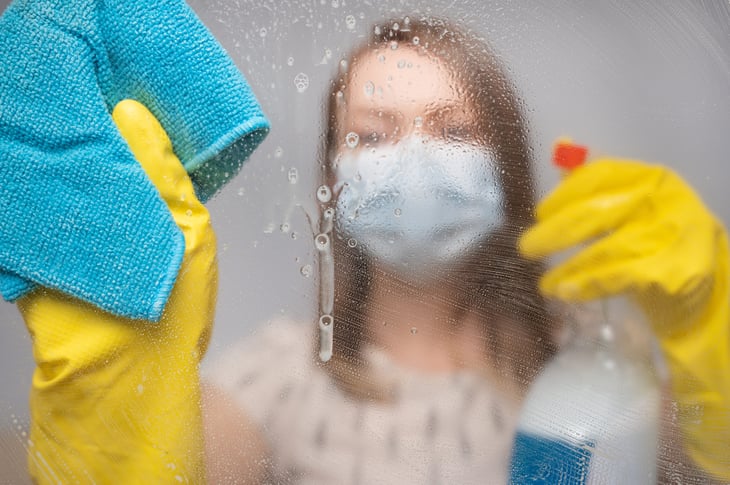 Anton27/Shutterstock.com
Anton27/Shutterstock.com
M95 respirators, goggles, rubber boots, and protective gloves are essential personal protective equipment when cleaning up and restoring water damage.
If you do not have access to proper protective equipment, you should consult a professional to avoid health problems and ensure proper cleaning.
Confirm that there is no structural damage
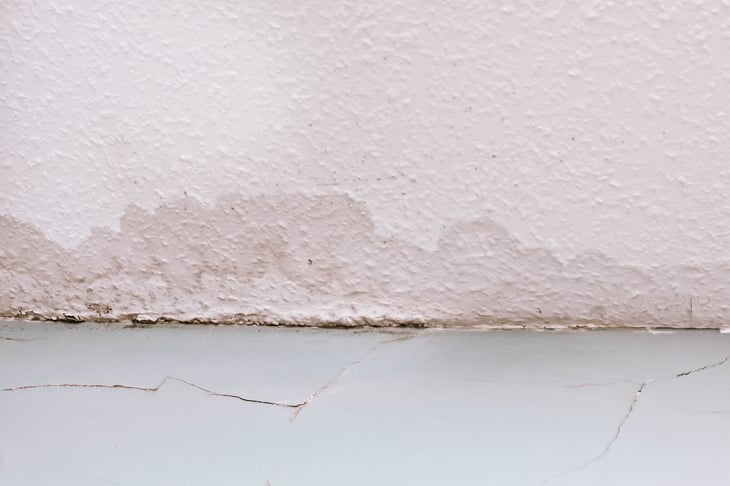 Tom Gowanlock/Shutterstock.com
Tom Gowanlock/Shutterstock.com
Inspect and test the integrity of the building material at the site of the water damage.
Just hours after building materials are exposed to water, they can begin to deteriorate.
If the structure of the house is compromised, a professional should be consulted and measures taken to protect workers during the repair process.
Clean up
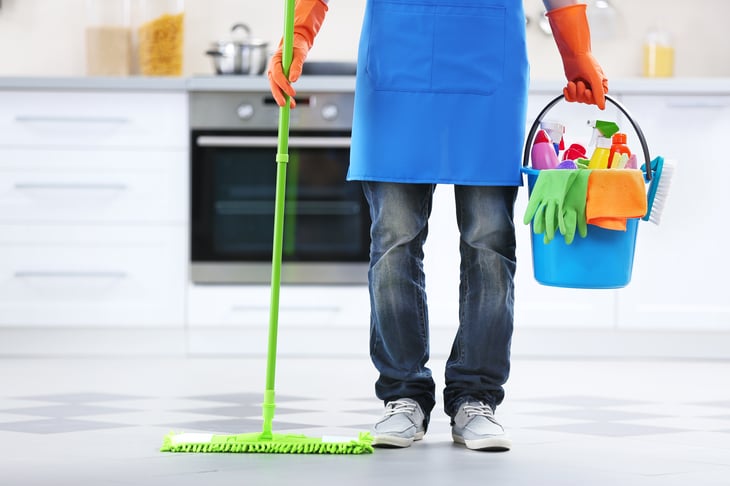 Africa Studio / Shutterstock.com
Africa Studio / Shutterstock.com
Once you’ve made sure that the website is safe and threat-free, it’s time to start cleaning. Getting rid of moisture is the first step.
The longer your home stays wet, the more likely it is that mold and bacteria will start to grow. Here are some tips to start the cleanup process.
get rid of water
 Mark McElroy / Shutterstock.com
Mark McElroy / Shutterstock.com
The key to minimizing damage is to reduce the amount of standing water as quickly as possible. After stemming the flow of water, use towels, sponges, and buckets to remove excess water.
Remove debris from clogged drains and use submersible pumps, bilge pumps, and wet/dry vacuums to remove water from the affected area if the water volume is large enough to require it.
Retrieve salvageable items
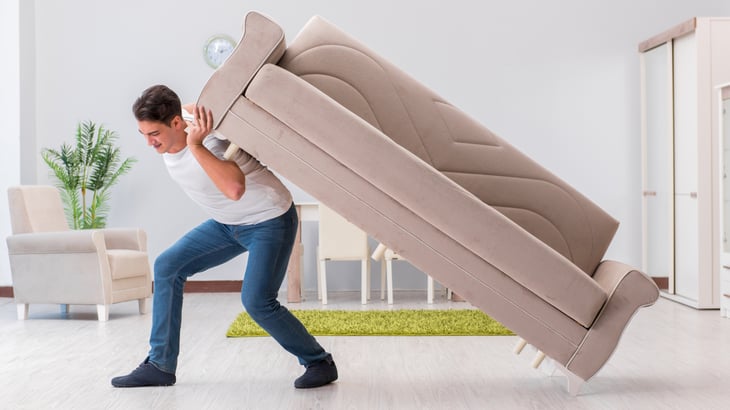 Elnur / Shutterstock.com
Elnur / Shutterstock.com
If you acted quickly enough, some items that were exposed to moisture can be salvaged.
Wooden furniture usually begins to swell and become damaged after just a few hours of exposure to water. Quickly removing and drying these items will help prevent losses.
When fabrics are exposed to moisture, drying as quickly as possible is key to preventing mold growth.
At this point in the process, it’s a good time to document the damaged and unsavable items for your home insurance.
airing
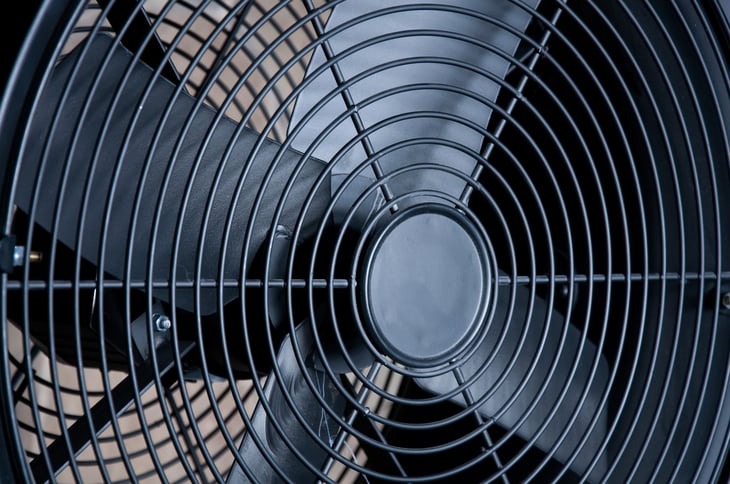 badahos / Shutterstock.com
badahos / Shutterstock.com
After removing as much standing water as possible, begin recirculating air to reduce moisture and start the drying process.
Opening windows, turning on ceiling fans, and using powerful shop fans and air movers are great ways to increase airflow in a water-damaged home. You should keep these fans on throughout the cleanup process.
Be careful when turning on your HVAC system as it may have been contaminated during the flooding. Have the system checked to prevent mold from spreading throughout the house.
In addition to using fans and your HVAC system to circulate air throughout your home, consider purchasing dehumidifiers to help remove moisture from the air.
absorb residual moisture
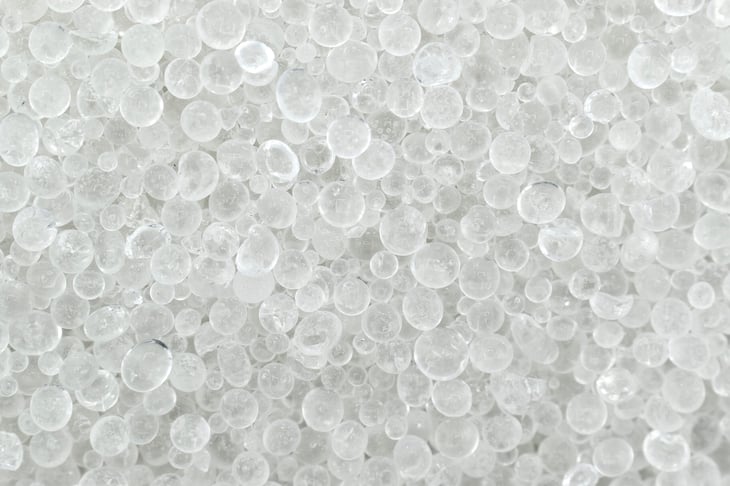 Zay Nyi Nyi / Shutterstock.com
Zay Nyi Nyi / Shutterstock.com
Moisture-wicking materials help absorb and trap moisture in hard-to-reach places.
Industrial spill absorbents, silica desiccants, and kitty litter are some of the readily available materials that you can distribute to help remove water from the affected area.
Let this material sit until the dry vacuum phase of the cleaning comes later.
Remove damaged material
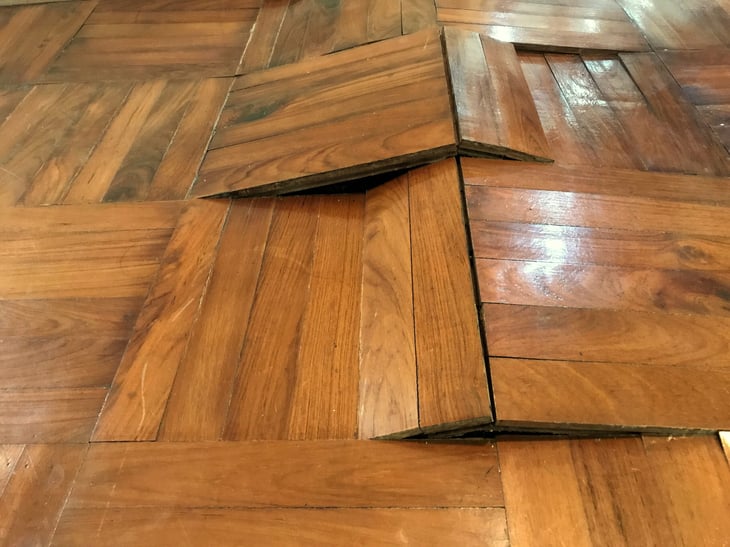 Jatuporn Chainiramitkul / Shutterstock.com
Jatuporn Chainiramitkul / Shutterstock.com
Certain porous materials can easily soak up water. Materials such as drywall, hardwood floors, and subfloors should be removed once they become inundated with water.
Flaking or flaking materials should be scraped from the ceiling to the floor during this time.
Vacuum dry/sweep/garbage
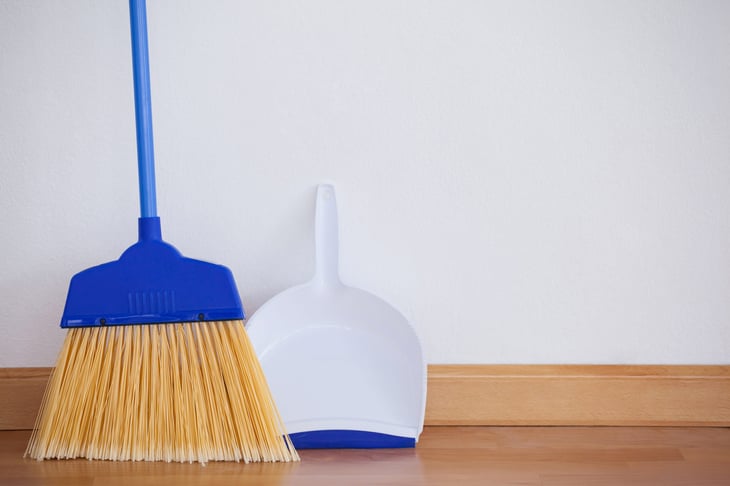 wavebreakmedia / Shutterstock.com
wavebreakmedia / Shutterstock.com
At this point, a large amount of debris should be spread around the affected area, including bits of recently removed building material and the moisture-absorbing desiccants.
You should vacuum, shovel or sweep up this material and dispose of it properly based on its recyclability and environmental impact.
Clean hard surfaces
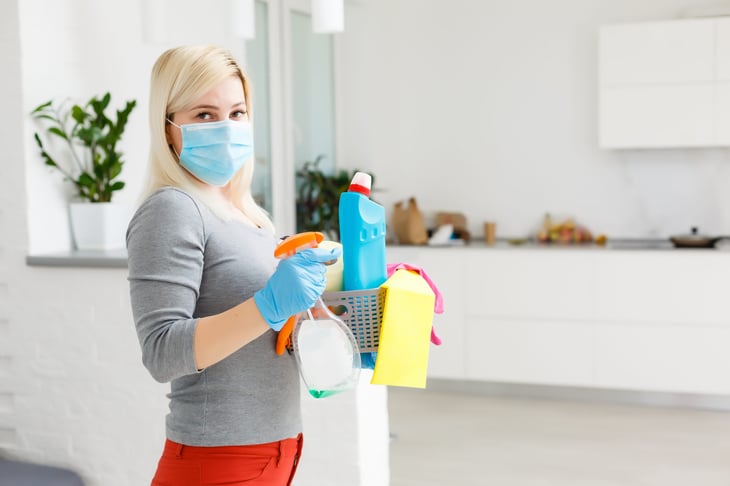 Andrew Angelov / Shutterstock.com
Andrew Angelov / Shutterstock.com
Once the large debris is removed, hard surfaces should be cleaned with disinfectant soap and bleach and water solutions.
These measures are designed to kill bacteria and mold on hard surfaces and prevent future growth.
steam cleaning
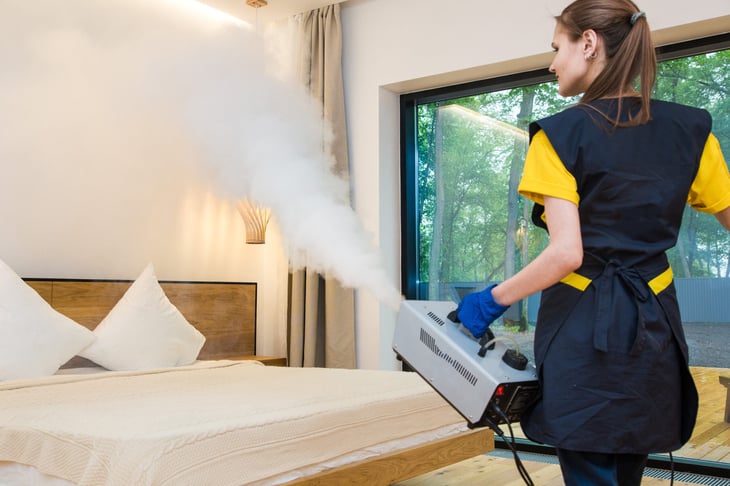 XArtProduction / Shutterstock.com
XArtProduction / Shutterstock.com
Steam cleaning floors is a final step in the cleaning process.
Hot water from superheated steam extracts and kills mold, bacteria and mildew, providing an extra layer of protection against future growth.
Remember that fans and ventilation should be active throughout the cleaning process to ensure all affected areas dry.
repair and replacement
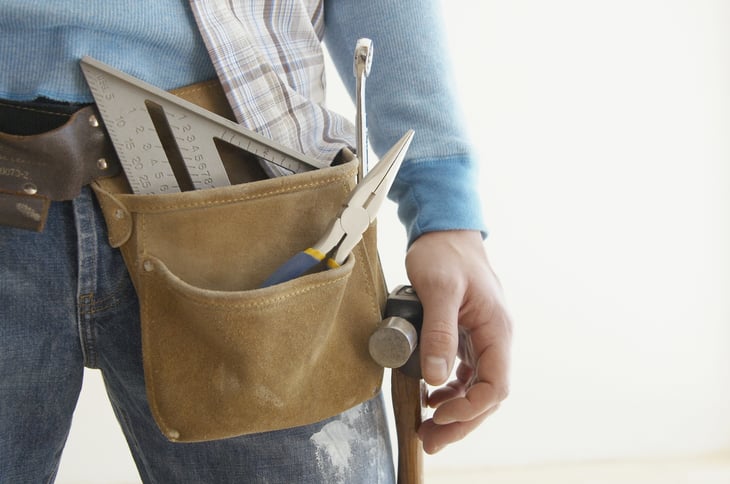 FernandoMadeira / Shutterstock.com
FernandoMadeira / Shutterstock.com
After completing all the cleaning steps, now it’s time to start the repair and replacement.
At this point, new materials can be incorporated. In the event that the work exceeds your expertise, be sure to consult a restoration services expert to ensure a proper repair and replacement.
Related Services
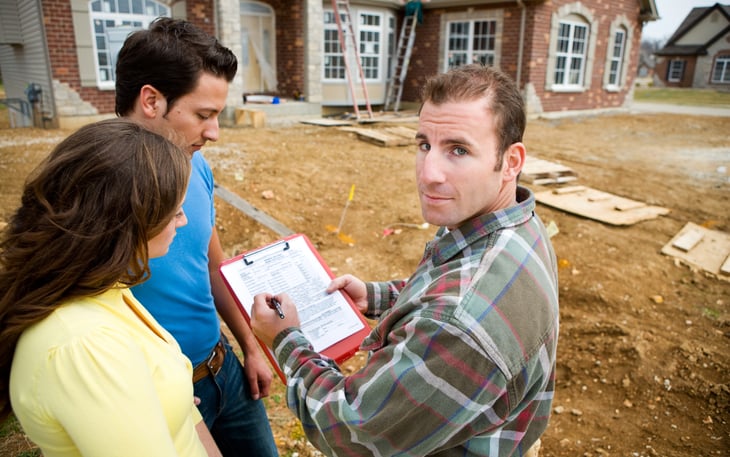 Sean Locke Photography / Shutterstock.com
Sean Locke Photography / Shutterstock.com
When water damage occurs, homeowners often experience damage to other parts of their property. Here are related services that homeowners will find valuable.
mold remediation
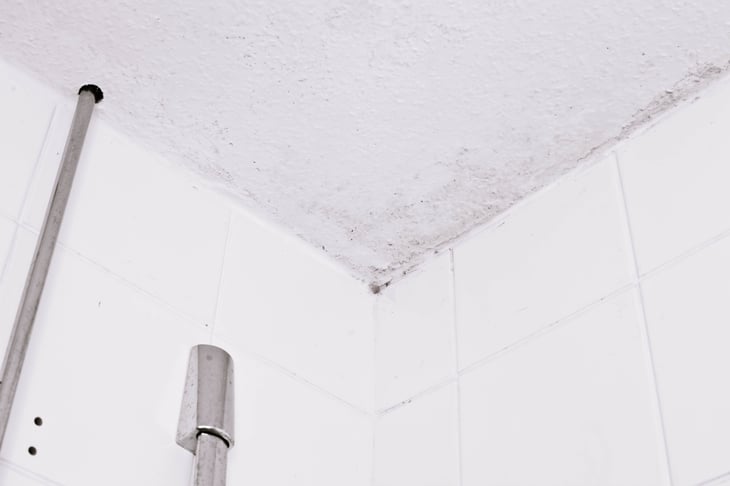 Tom Gowanlock/Shutterstock.com
Tom Gowanlock/Shutterstock.com
Significant water damage that persists for more than 24 hours will result in mold and may require remediation services. Mold remediation costs typically range from $1,373 to $3,325, with an average price of $2,347.
gutters
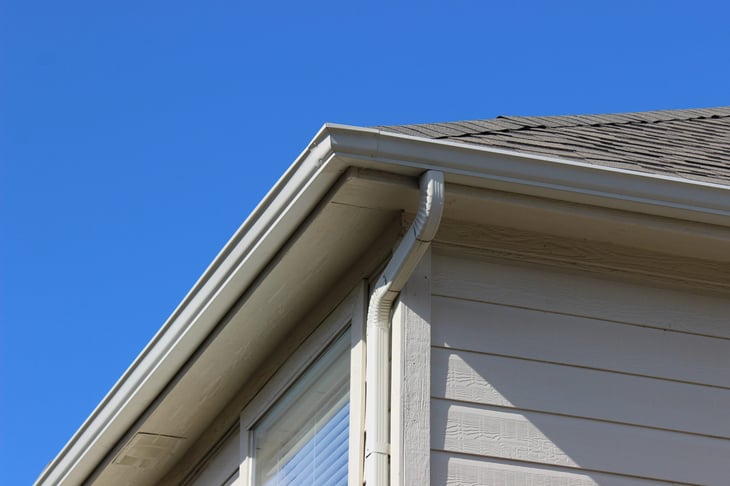 Jasmine Sahin / Shutterstock.com
Jasmine Sahin / Shutterstock.com
Are gutters really necessary?
The lack of gutters and improper gutter installation can cause water to pool in the wrong places or drain into basements. The average cost of gutters ranges from $888 to $2,496.
Clean up your yard after a hurricane
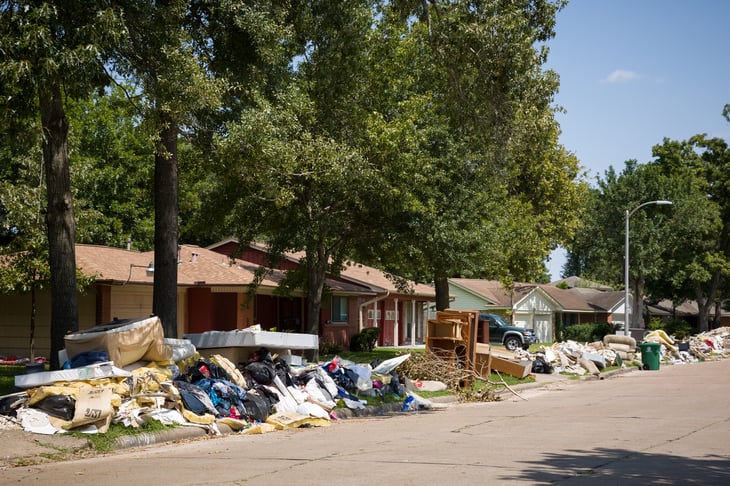 Good Moments / Shutterstock.com
Good Moments / Shutterstock.com
Typhoons and significant weather events can not only cause water damage to your home, but can also wreak havoc on your yard. How you clean up your yard after the hurricane is an important part of the water damage restoration process.
Help your lawn recover from flood damage
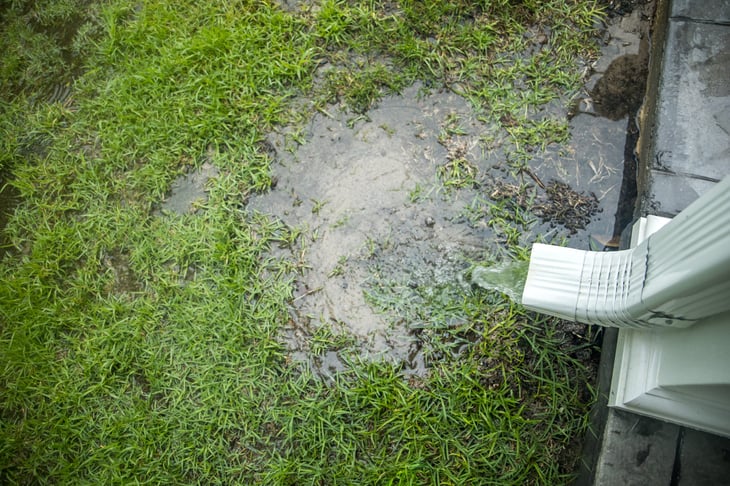 Ursula Page / Shutterstock.com
Ursula Page / Shutterstock.com
A flood causes water damage to your home and significant damage to your yard. In most cases, homeowners need to help their lawn recover from flood damage.
www.moneytalksnews.com
https://www.moneytalksnews.com/slideshows/how-to-clean-up-water-damage-to-your-home/

